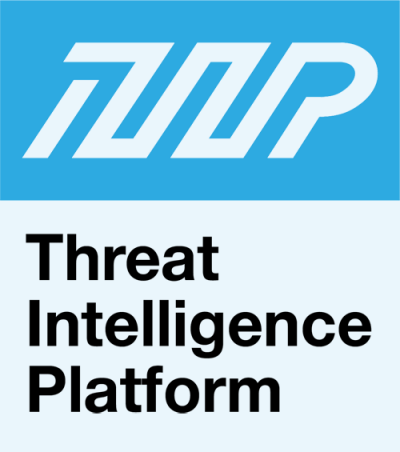


|
||
|
||
Today’s sophisticated threats present enormous risks for any business. The more connected a company is, the more prone it is to cyber attacks.
Enterprises need to devise ways to protect the integrity of their data and ensure that their systems are safe from cyberthreats. Numbers don’t lie, and statistics like these should prompt company owners to take action:
Is More Threat Intelligence the Answer?
Many enterprises use different security measures. In addition to internal security operations centers (SOCs), they also outsource IT security management tasks to managed security service providers (MSSPs). While this is a good practice, it can result in several security issues.
The problem with most of the security solutions available in the market today is the lack of data sharing. Most operate in isolation. Security providers do not share intelligence with competing vendors’ tools. Additionally, most solutions work in perimeter-based platforms despite the constant promotion of borderless networks. Today, however, that perimeter is slowly eroding and gradually being replaced by more sophisticated meshed networks.
Some argue that integrating more threat intelligence into security solutions is better at protecting an organization. So most subscribe to several external data feeds. Every day, industry experts already have to comb through tons of data. Some of that information is without context and, therefore, nonactionable. Failing to integrate threat intelligence into existing cybersecurity solutions properly then makes them less effective.
What organizations need is to identify what kind of information would best serve their requirements and purpose. They need actionable threat intelligence. That comes from well-parsed and -structured datasets that come from experienced data aggregators.
To effectively stay ahead of cyberthreats and maximize security solutions, keep in mind that:
Security tools do not provide intelligence.
Data feed analysis is necessary. While analytics and automation can improve the efficiency of cybersecurity tools, they still require a human analyst to make sense of available threat intelligence. The trick then is to give security analysts access to a broad set of data that they can easily compare and contrast.
Security standards must be put in place to ease threat detection and risk mitigation.
Industries, like the financial and healthcare sectors, can significantly benefit from sharing and receiving threat intelligence via Information Sharing and Analysis Centers (ISACs).
Relevance is important.
All of the information gleaned from threat intelligence is useless if it isn’t relevant to the organization. Useful data should help businesses protect their crown jewels and their clients.
Organizations should work toward achieving a unified security strategy to better combat threats from all potential sources. If threat intelligence and security protocols and measures continue to exist in isolation, mitigating risks is next to impossible.
* * *
Security teams need to effectively identify all connections that exist within their ecosystem to effectively monitor and validate access. Each of their members is a vital part of an integrated security strategy. They should share threat intelligence and collaborate to come up with a coordinated cybersecurity response.
As threats gain persistence and sophistication, so should organizations strive to come up with more advanced methods to ward off attacks. Given the ubiquity of the Internet of Things (IoT), cloud-based computing, and mobile device use, security experts need to put context to threat intelligence as a proactive stance toward threat prevention and risk mitigation.
Sponsored byRadix

Sponsored byVerisign

Sponsored byVerisign

Sponsored byWhoisXML API

Sponsored byIPv4.Global

Sponsored byCSC

Sponsored byDNIB.com
